One or multiple heritages? A walking seminar through Goričko and Porabje
An autumn landscape filled with falling leaves. The vast hills of Goričko merging seamlessly into Porabje. On the first day of our fourth walking seminar, an exploratory hike through Goričko and Porabje, we started along the Slovenian-Austrian-Hungarian tri-border, observing how the same historical events can be labelled and understood differently. In the light of understanding heritage as looking to the past for the needs of the future, it is not surprising that the tri-border is both a point of commemoration and celebration. The processual nature of the border has added a new layer to the landmark, a layer of unification after the fall of the Iron Curtain and the reunification of the three bordering countries within the framework of the European Union. Additionally, it has become the manifesto of the “Heart of World Unity” programme, with its noble goal of bringing people of different cultures, religions and nationalities together.
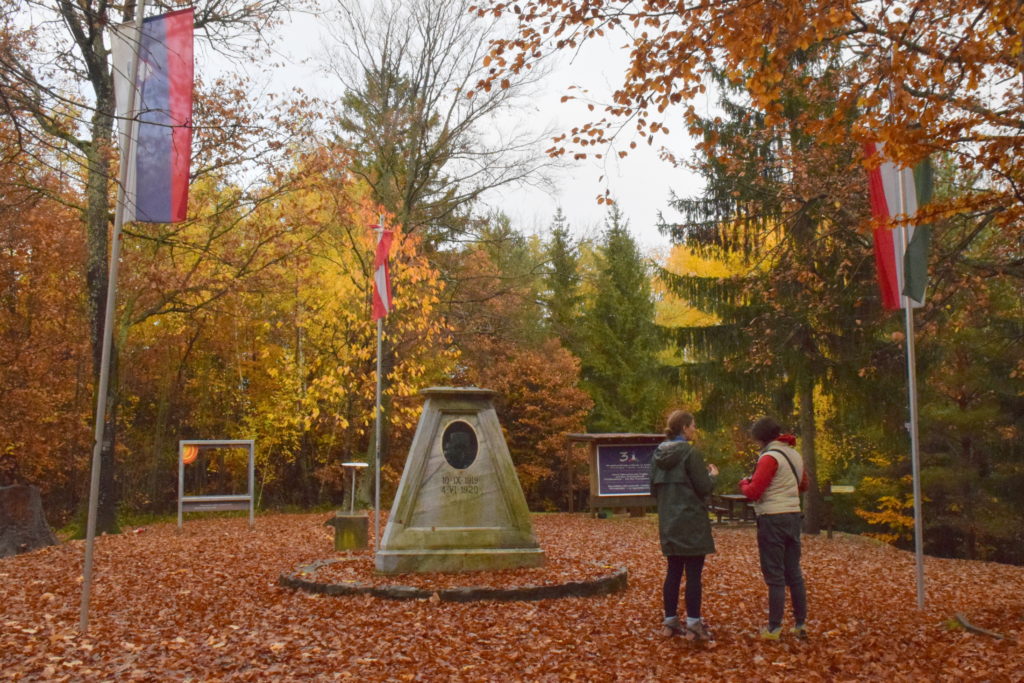
The flow of change has added layers, and removed others – as at our next stop, which this time was reached by van. Behind the partially reconstructed exterior of the largest castle in Slovenia, in the village of Grad, one can find numerous rooms, full of the spirit of Europeanisation and projection, which are skilfully used in the Goričko Landscape Park to create an inclusive habitat for all – flora, fauna and humankind.
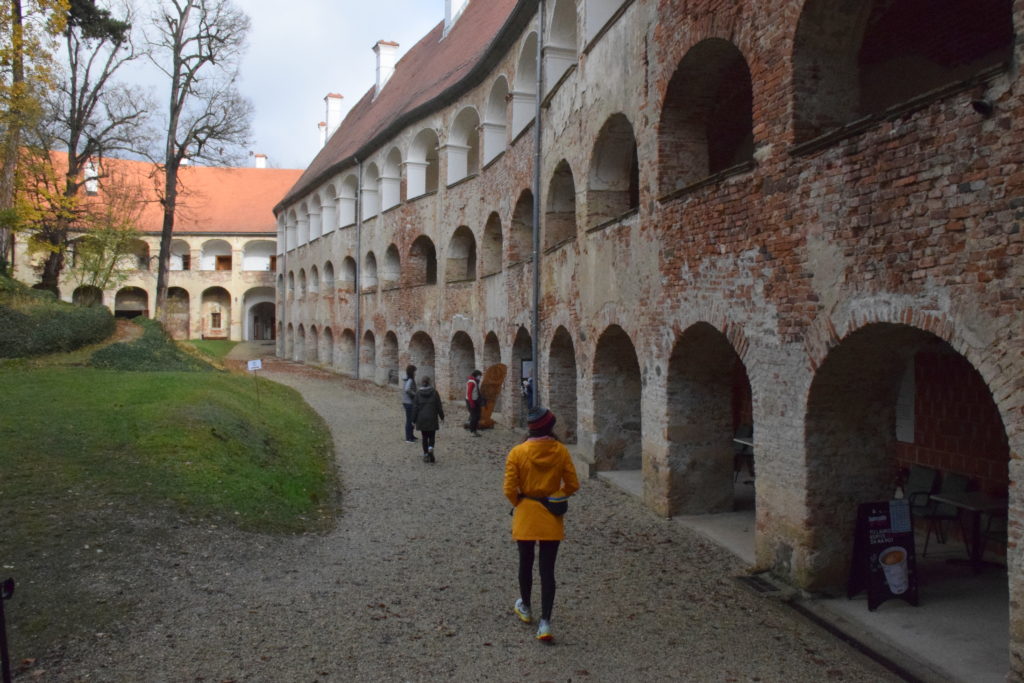
The question of how to pass on the knowledge and experience of past generations to our descendants also embodies how we become acquainted with the Hungarian community of Domanjševci homestead.
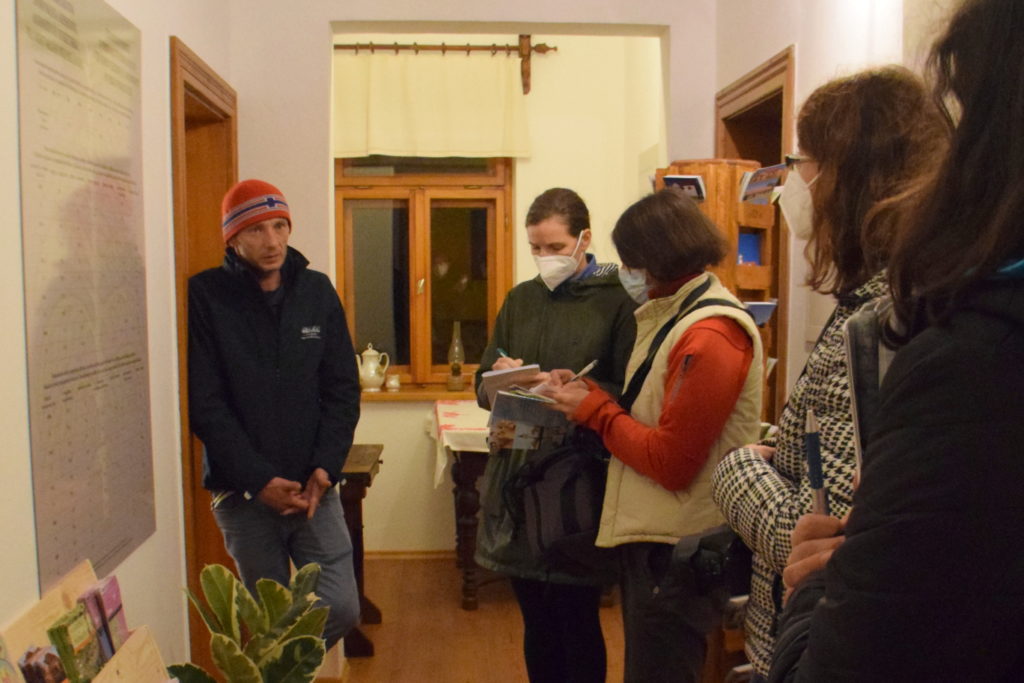
The next morning, our walking route starts in front of the Peterloug tourist accommodation centre in Markovci. We climb up to the border post of Čepinci, where we learn about the life of the borderguards. Our visit to the museum takes on even more significance with the random visit of a former Domanjševci border guard. His retelling of experiences and recollections further inform our own impressions of the museum exhibits. Following the trails that the border guards took several times a day, we head to the smallest village in the region of Porabje, Andovci/Orfalu, walking between a long line of border stones in the shelter of the autumn forests. At the Porabje Homestead, we receive a warm welcome and a comprehensive presentation of the problems faced by the declining Slovenian community in the Porabje region and attempts to halt this decline, including the use of heritage. The words we hear from Karči (Karel) Holec, President of the National Self-Government of Slovenians in Hungary, resonate even more after seeing the Memorial to the Living, a commemorative plaque listing all those who lived in Andovci at the turn of the century. Do heritage processes stem precisely from the fear that what we feel now will no longer be important to posterity?

From the premises of the old Porabje homestead, now converted into an escape room as part of a European project, we visit the Hungarian version of the Iron Curtain Museum in Števanovci/ Apátistvánfalva. Due to language barriers, we create our own image and story with the help of multilingual signs. On the way to Monošter/Szentgotthárd, we question the stories we have woven, and then late into the evening we analyse the links between national heritage and borders.
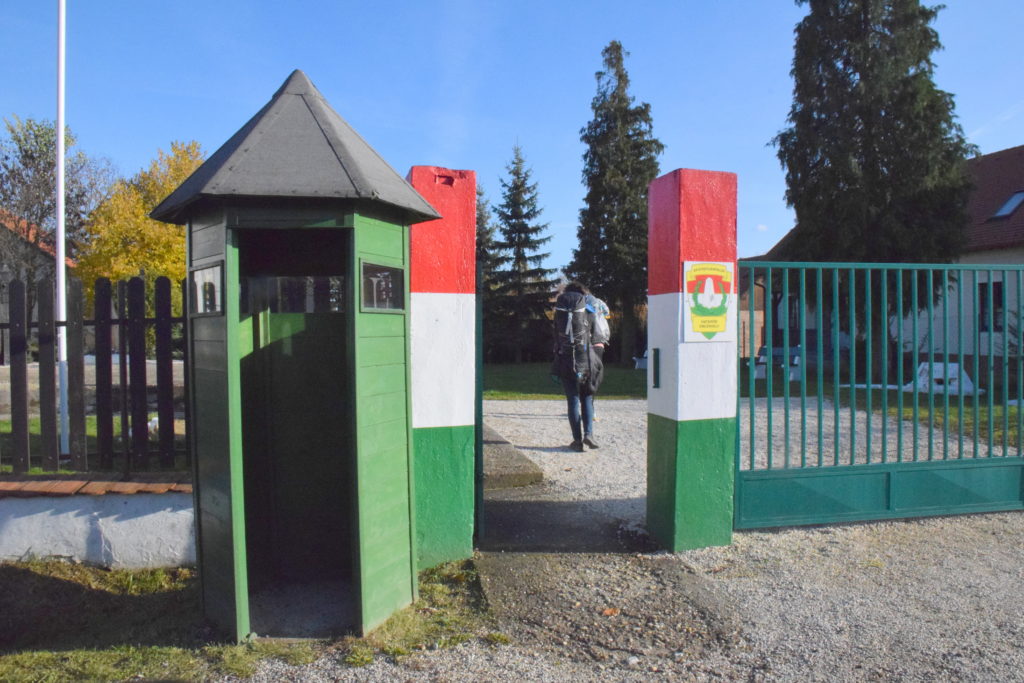
The new day takes us on a visit with the media of Porabje: to Radio Monošter, and to the editorial offices of the Porabje newspaper, where we meet the faces that are shaping the media image of the Porabje region.
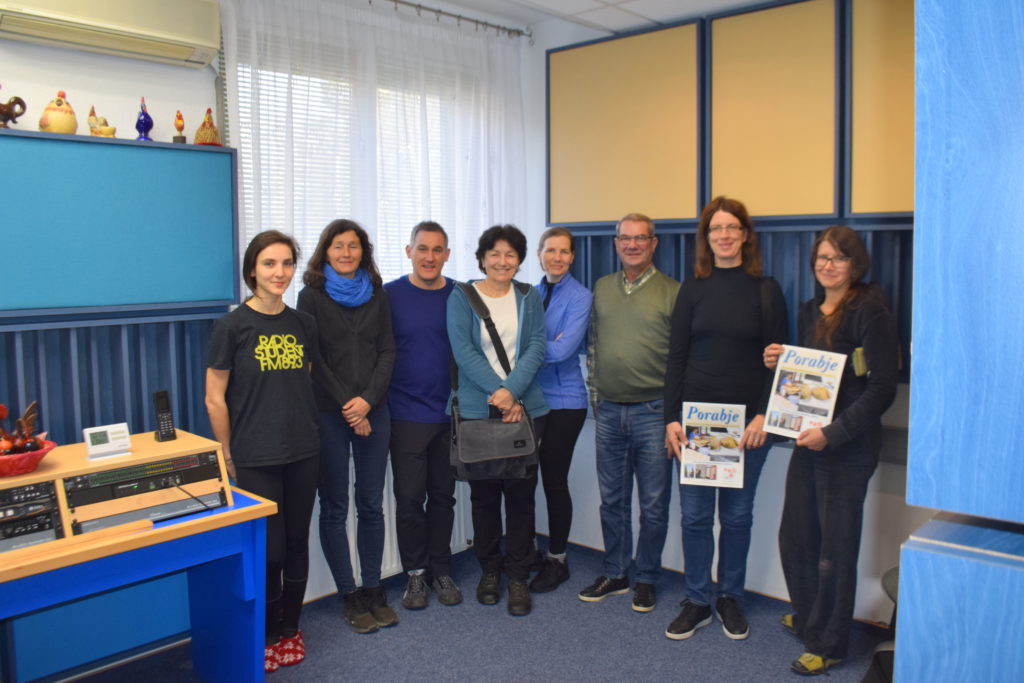
The first stop on our journey is just a few hundred metres away: in the August Pavel Museum; what catches our attention the most is the collection of the Slovenian community in the Porabje region; the eloquent curator, Jolika Szabo, also gives us a glimpse at flowers made of crepe which lie hidden in drawers behind the museum’s display cases. Joining us on the journey from Monošter/Szentgotthárd to Dolnji Senik/Alsószölnök/ Unterzemming is Andrea Kovač, President of the Union of Slovenians in Hungary. Walking together consolidates our steps in this space, and a more complete understanding. The Federation brings together 17 cultural associations and is committed to the preservation and development of Slovenian cultural heritage and mother tongue. It has also, with the help of European and national funds, set up a Development Agency to develop the economy of the Slovene Porabje, especially agriculture and tourism. European projects have, among other things, created a wide variety of thematic trails, which we have partly walked or at least crossed during our research.
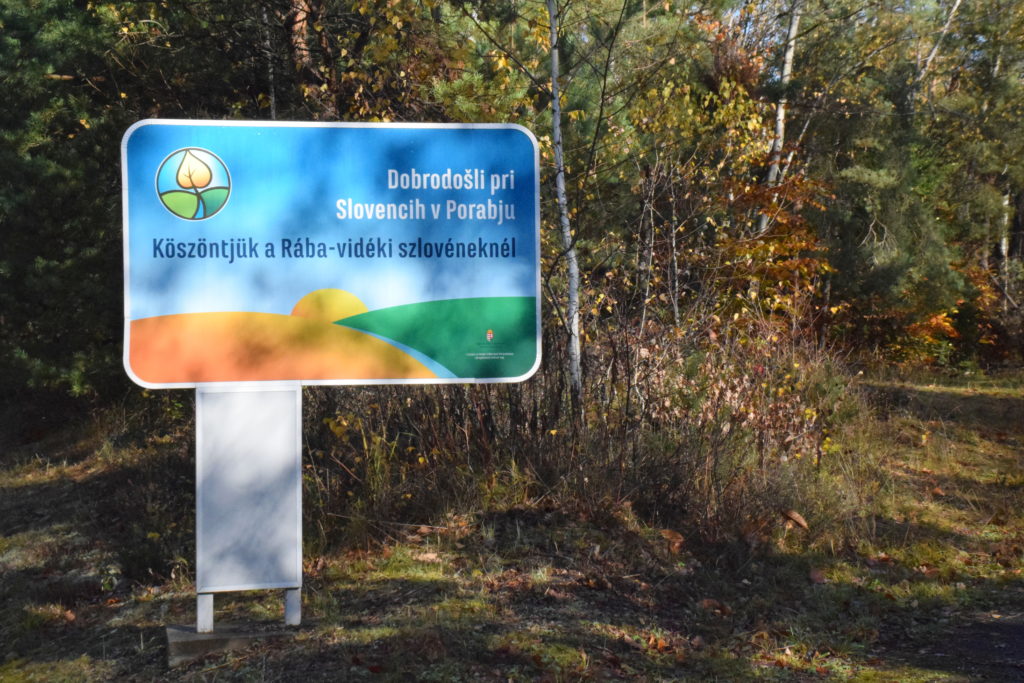
At the end of the journey in Gornji Senik/Felsőszölnök, we are joined by Martina Zakocs, one of the winners of The Government Office for Slovenes Abroad Competition for Bachelor’s and Master’s Theses and Doctoral Dissertations award; her young perspective on the reality of the region frames the fragments we have learnt along the way. Thanks to the Mayor of Šalovci, we did not have to walk to our van, but drove across the border in a municipal van decorated with the markings of European funding.
Heritage is not only about material remains or practices taken and brought into the present for the needs of the future, but also a way of thinking and perceiving what is seen. Therefore, after the conclusion of the walking seminar, we are left with the question of whether there are multiple heritages or only one.
